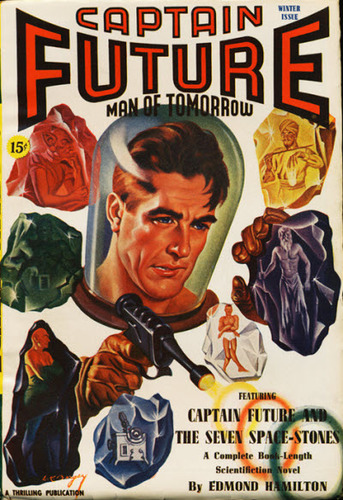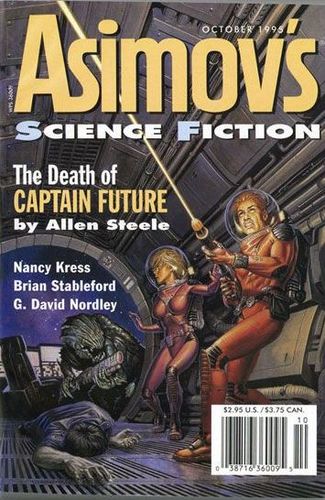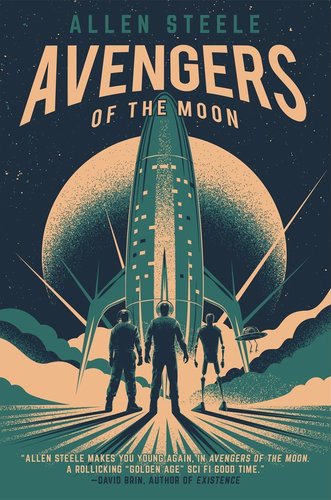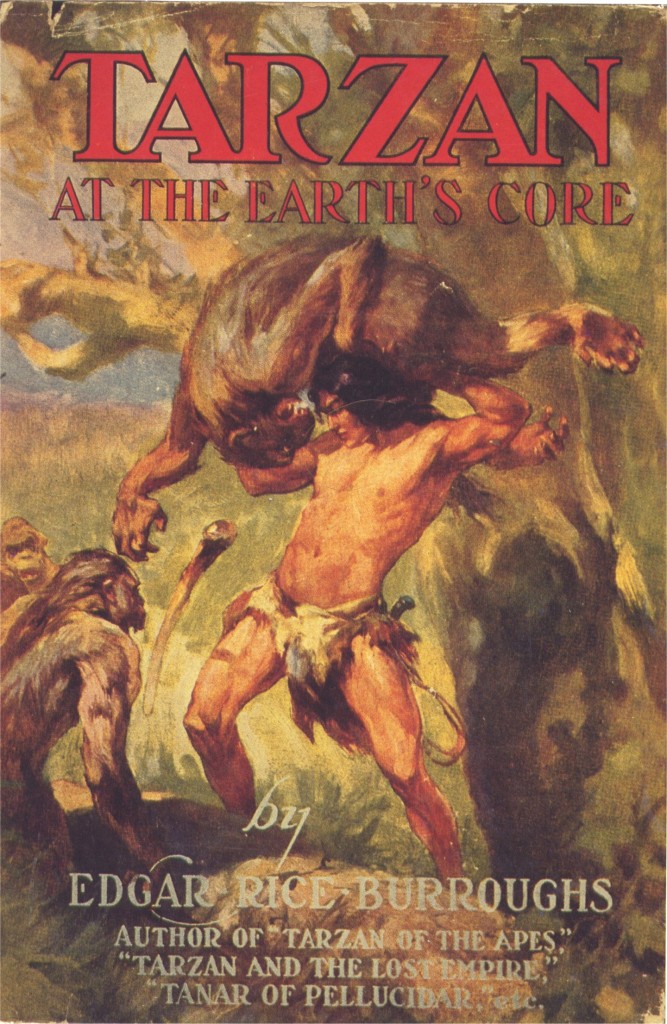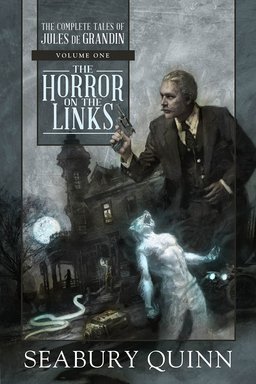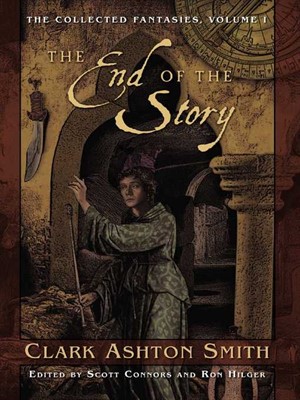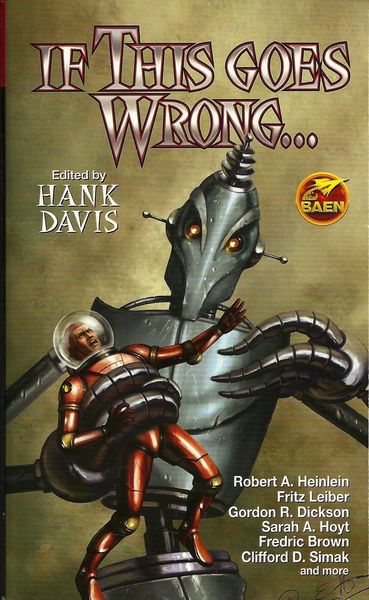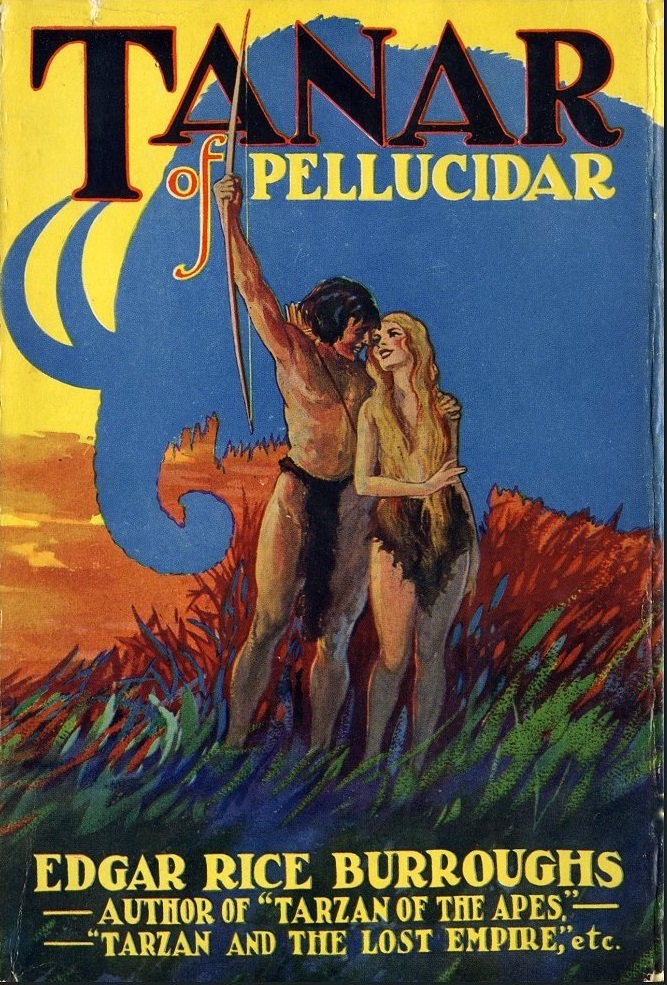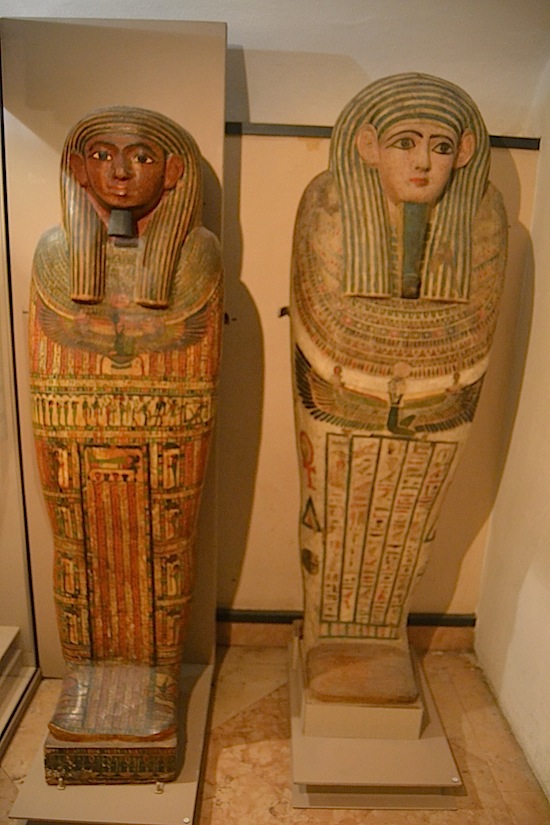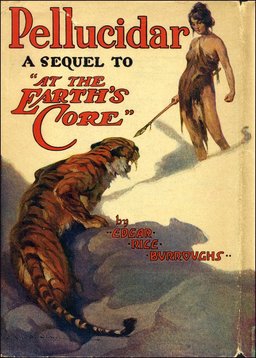Total Pulp Victory: Windy City Pulp & Paper, Part II
Horror on the Asteroid, and other fabulous treasures
Happy Saturday morning everyone!
I leaped out of bed this morning, and hastily started packing up to head out to the Windy City Pulp and Paperback show in nearby Lombard, IL. I spent most of the day there yesterday, catching up with Jason Waltz, Arin Komins, Rich Warren, David Willoughby, Bob Garcia, Doug Ellis, and many other old friends… and more than a few fellow happy buyers and sellers.
I also found more than a few treasures, including a seller in the back with an absolutely gorgeous collection of 1970s and 80s science fiction paperbacks that looked glossy and flawless. He was asking $2 each, in many cases less than the original cover price, so it was like stepping back in time and plucking brand new books by Roger Zelanzy, Sherri Tepper, H. Beam Piper, P.C. Hodgell, Gene Wolfe, and Robert E. Howard off the shelves. I even found a complete set of M. John Harrison’s Viriconium sequence, which Fletcher Vredenburgh enthusiastically wrote up here at Black Gate. I spent a small fortune at that booth alone, and it took a few trips back to the car to carry all my bags.
Windy City has the kind of treasures I cannot find anywhere else, like rare Arkham House collections and early issues of Weird Tales, and even a copy of the first collection by my favorite pulp writer, Edmond Hamilton’s The Horror on the Asteroid and Other Tales of Planetary Horror, published in hardcover by Philip Allan in 1936. I’ve only seen one copy in my entire life, and that was at last year’s show, resting on a table among dozens of other near-priceless volumes, like early first editions of Stephen King, H.P. Lovecraft, Robert A Heinlein, Fritz Leiber, C.L. Moore, Robert E. Howard, Clark Ashton Smith, and lots more (click the image above for a closer look).

